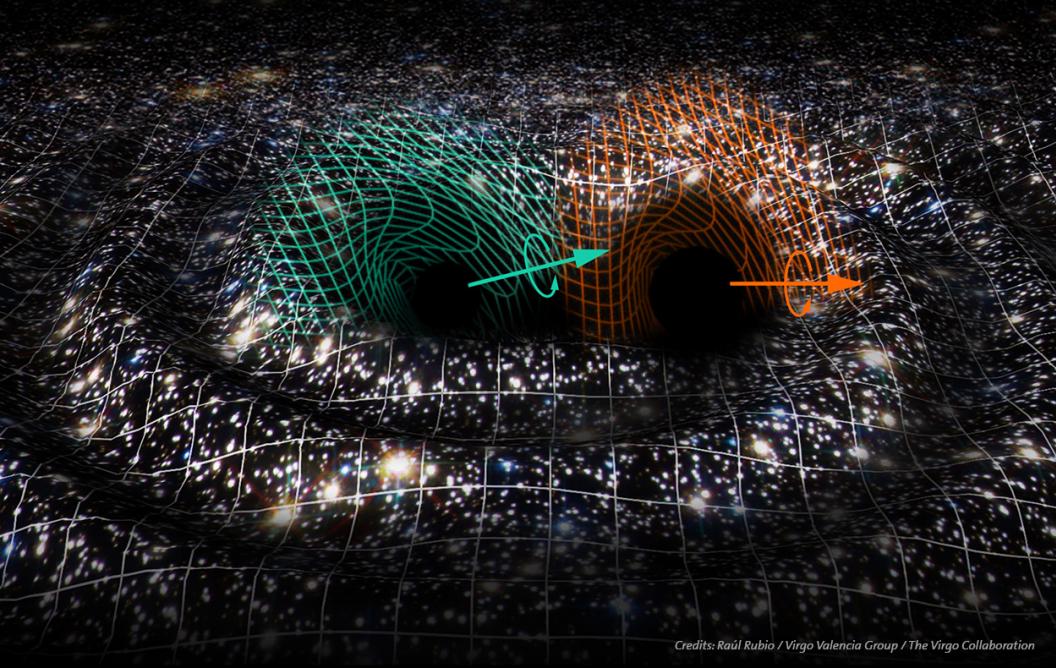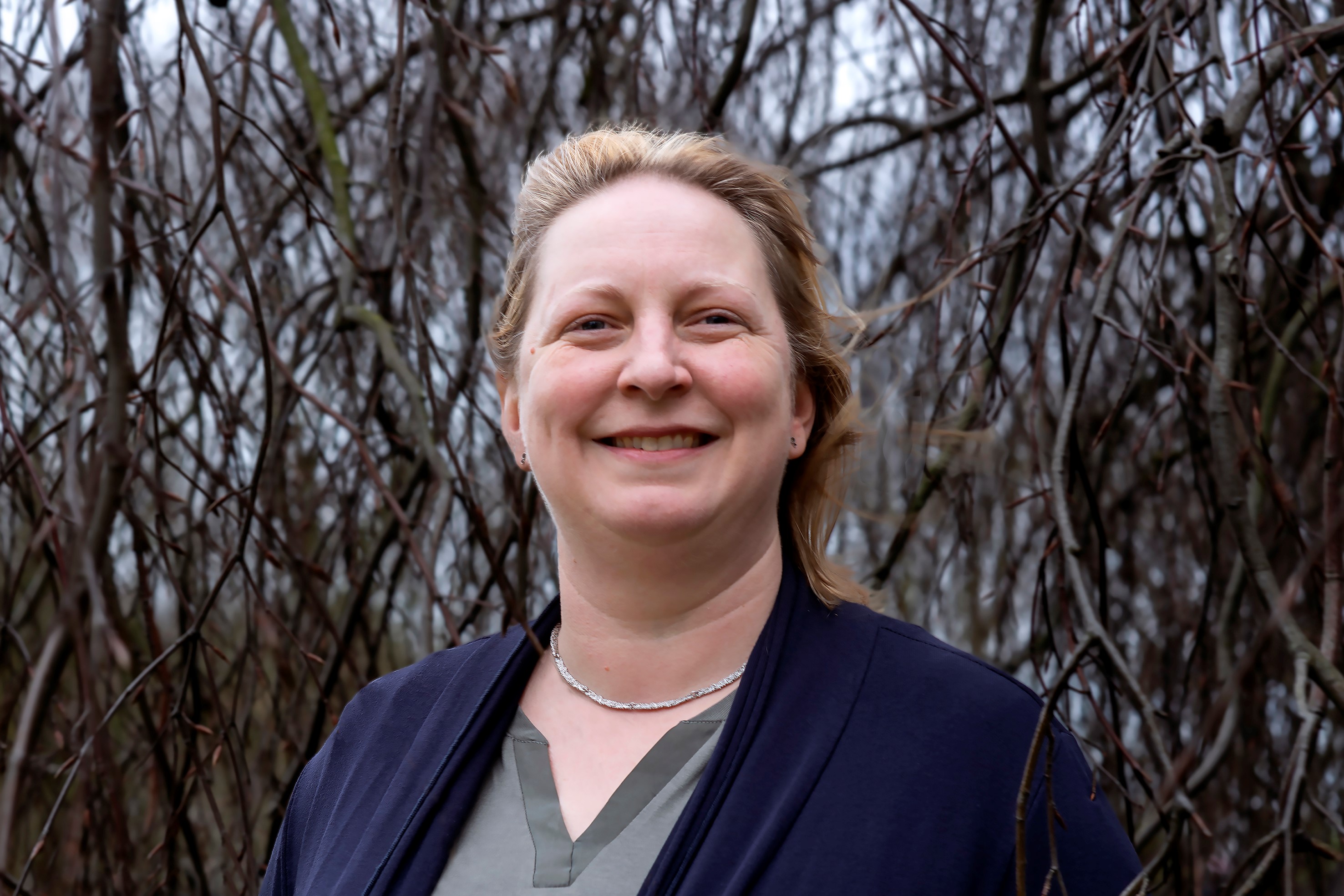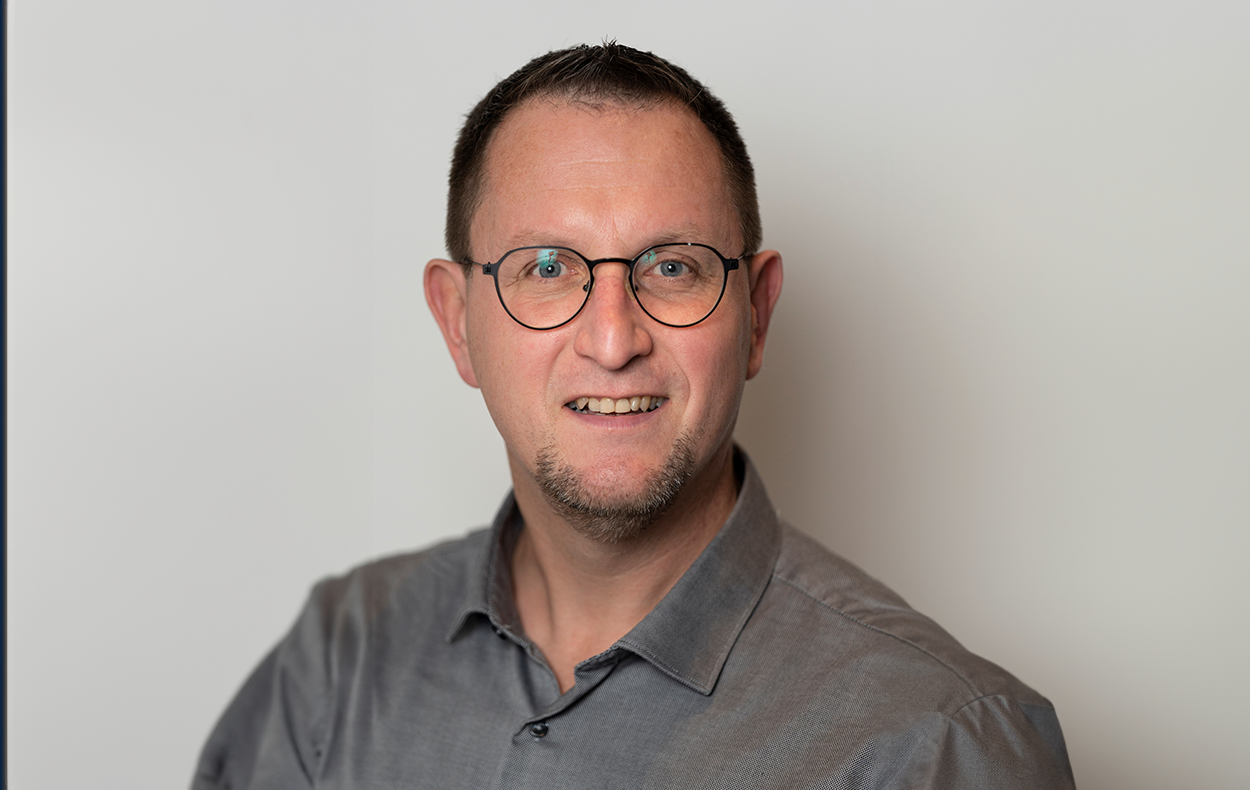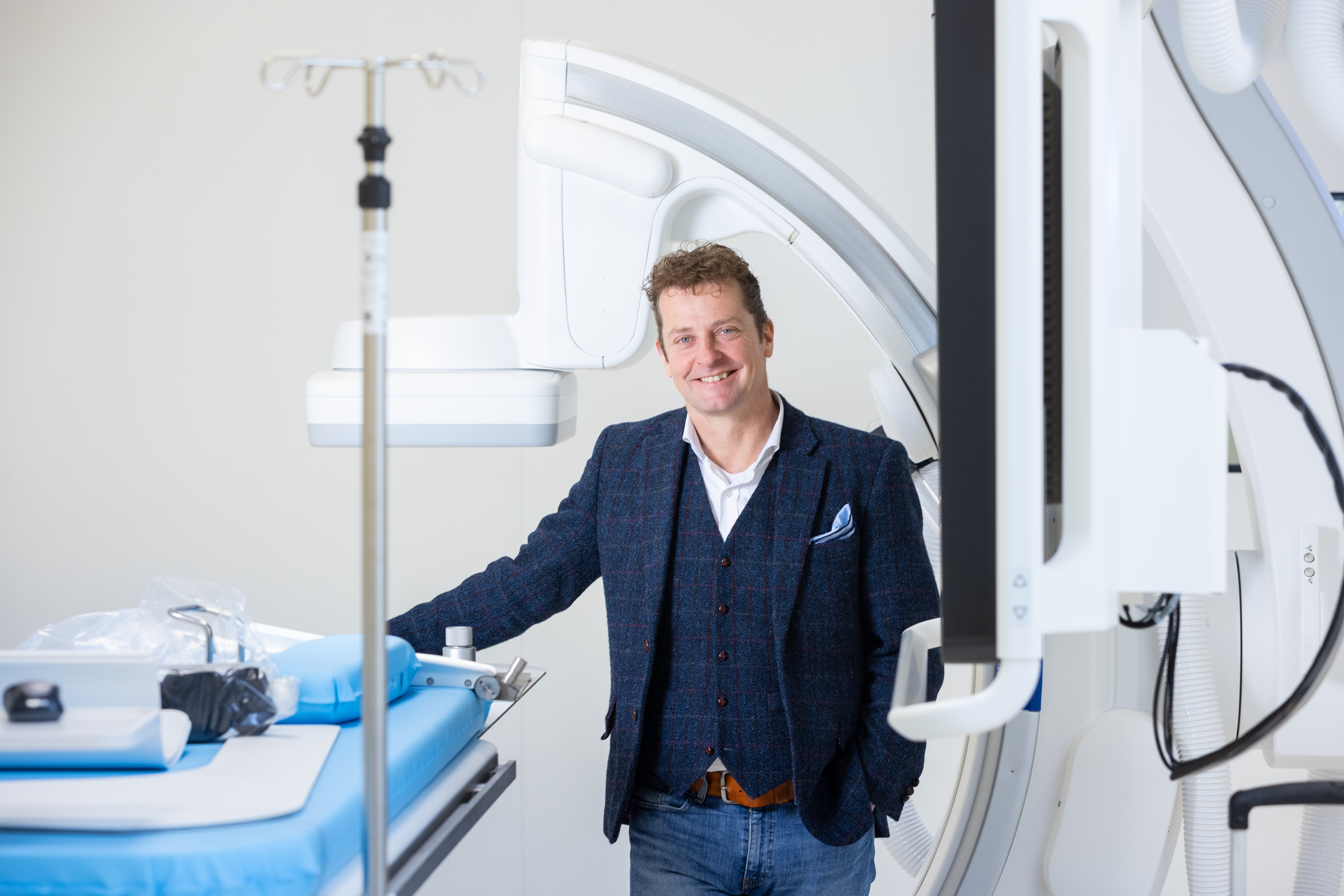Virgo and LIGO reveal new and unexpected populations of black holes
In the summer of 2019, the gravitational wave telescopes in Italy and the United States measured the signal of two black holes merging.

Impossible?
This is remarkable because the black holes appear to be more massive than we have ever observed in this way before. A new black hole was the product of this merger, which is also heavier than ever previously measured in this way.
This took place 7 billion years ago at a distance of billions of light years from earth. The gravitational wave was detected on 21 May 2019 by the three interferometers of the global LIGO/Virgo network and is therefore called GW190521.
This measurement turns our understanding of black hole formation upside down because, according to our current understanding, it is impossible for black holes to form in this mass range.
Gravitational waves research in Maastricht
Since 2017 Maastricht University has been part of the Virgo Collaboration, which leads the European branch of research. Recently, UM has started construction of ETpathfinder, a one-of-a-kind test facility in which new techniques are being developed that will enable even more accurate gravitational wave detections.
These techniques will be applied in the Einstein Telescope, the future gravitational wave telescope that may be built in South Limburg.
Prof.dr. Jo van den Brand, professor at Maastricht University research group Gravitational Waves and Fundamental Physics and spokesman for Virgo until April 2020, is delighted with GW190521: “It is exciting that Virgo, along with LIGO, has observed a collision where the masses of the black holes are so high that the astrophysicists have to go back to the drawing board. This is a major challenge. Virgo makes the physics of black holes possible in a quantitative way. In the future. with the Einstein Telescope, this will become high-precision science”.
Also read
-
"I am proud that our new Circular Plastics group published its first completely in-house research," Kim Ragaert says. She founded the research group three years ago, when she moved to Maastricht. Her work has laid the foundations for many innovations in the field of plastic recycling, and she is...
-
Gerco Onderwater investigates the flavour of the universe while guarding the flavour of the Maastricht Science Programme. On 31 May, during his inaugural lecture, he provided a pre-taste of his work in Maastricht.
-
Lee Bouwman, a vascular surgeon and endowed professor of Clinical Engineering, specialises in the implementation of groundbreaking healthcare technologies. The key to success, he says, lies in the collaboration between engineers and clinicians. This approach has already resulted in a range of...


